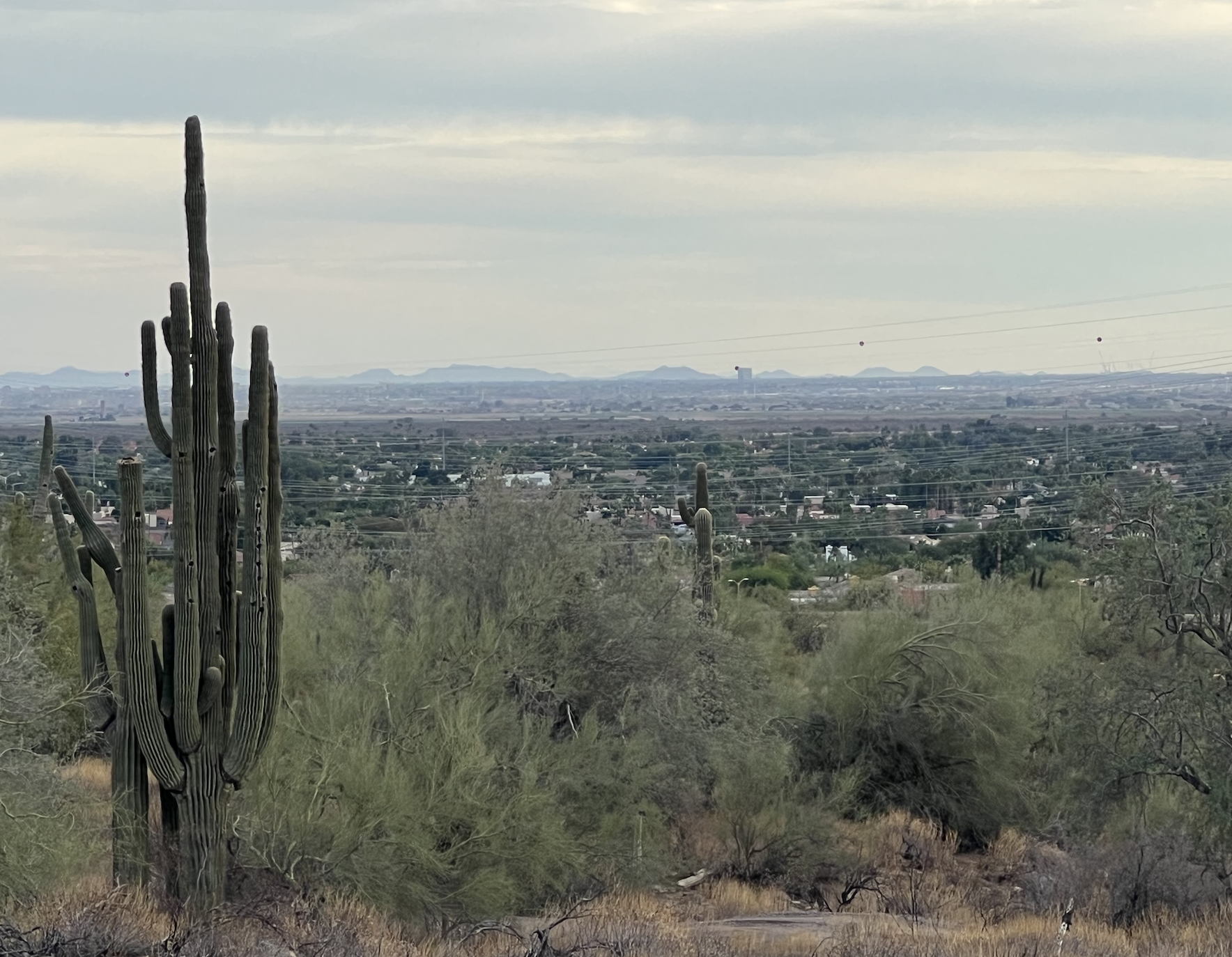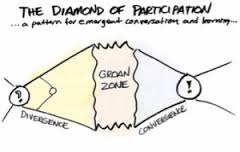This is a way of thinking that I was first introduced to by one of my favorite graduate school professors, Bonner Ritchie. Bonner was the kind of person that had an insatiable curiosity for the new. He would always ask what you were reading. I remember he talked about divergence and convergence as a model for learning. Diverge first. See beyond the known. Follow your interest. Don’t be afraid of messy. Then converge. To something you can apply. He further encouraged me to see that at the end of convergence is invitation to yet another, and often bigger divergence and convergence. One of the stories that I loved from Bonner is how he would practice this learning himself. On occasional weekends, he would put up butcher paper on the walls. He would write, draw, and map everything that he knew and was thinking about. So that he could see the new.
What I like about this model, routed also in the work of Sam Kaner, is that it welcomes a dynamic of living systems. Systems change. They breath. In human systems, this model
maps a way to get from a question,
to some engagement with participative process,
to a groan zone when people don’t know what to do,
to the emergence of ideas that can be put into action.
It is a road map that invites depth and innovation.
Friend, Toke Moeller shares some of this perspective in a 12 minute video from a 2011 training in Halifax, Nova Scotia.

